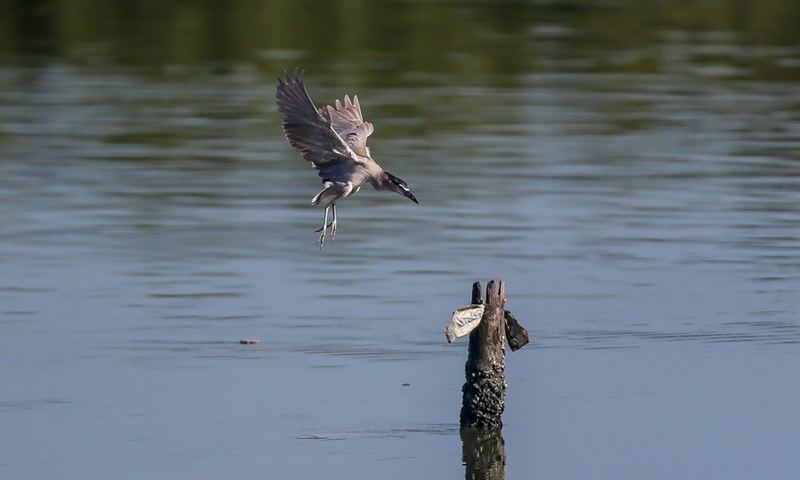South America’s second longest river, the Parana, has dropped to its lowest level since the 1940s, leaving environmentalists and experts worried that climate change is to blame.
The decrease has become so drastic that it is affecting commercial shipping, electricity generation, fishing, tourism, as well as the provision of water for drinking and irrigation.
The effects even extend to the changing of topographies, soil and the mineral composition of the river’s water. Experts are baffled as to whether this is part of a natural cycle or the result of climate change.
The Parana is linked to the Guarani aquifer, one of the largest underwater fresh water sources in the world, and runs for more than 4,000 kilometers through Brazil, Paraguay and Argentina.
It merges with the Paraguay and Uruguay rivers, forming the Rio de la Plata before emptying out into the Atlantic Ocean. Along the way, it splits into several arms and forms the Parana Delta wetlands in Argentina, feeding many agricultural plains.
While the main branch of the river continues to flow, in its network of irrigation channels “only 10 to 20 percent have water, the rest are dry,” said Ramonell.
“People have mentioned Brazilian dams, deforestation and climate change as causes but from a scientific point of view we cannot say.
Obviously it is due to a lack of rains, but what provoked that,” said Ramonell.
The navigable part of the Parana is vital to landlocked Paraguay and Bolivia.
“It’s not been possible to sail the Parana since April. Goods have to be transported by land to the Paraguay river, which quadruples the cost,” Juan Carlos Munoz, director of the Paraguayan riverboat owners association, told AFP.
The Parana’s average flow rate is 17,000 cubic meters a second, but that has dropped to just 6,200, which is barely above the record low of 5,800 recorded in 1944.
That has reduced by half the electricity generated by the Yacyreta hydroelectric plant that spans the Parana river between Argentina and Paraguay.
The plant supplies 14 percent of Argentina’s electrical power.
“Last year we thought we’d hit rock bottom but this year it got worse,” said Marcelo Cardinali, a manager at the plant.
A black-crowned night heron lands on a bamboo stilt at the Las Pinas-Paranaque Wetland Park in Las Pinas City, the Philippines on March 3, 2021.(Photo: Xinhua)



